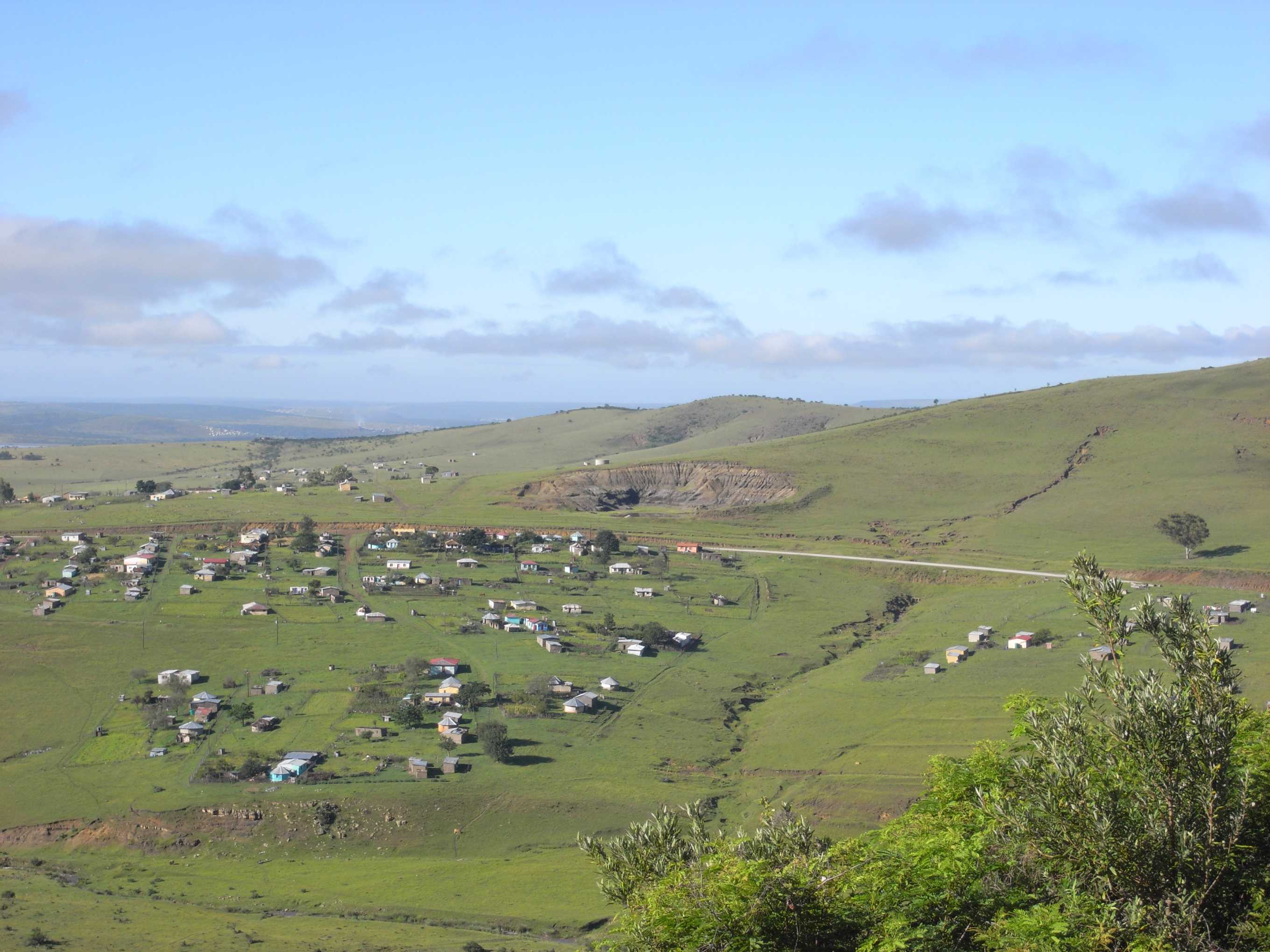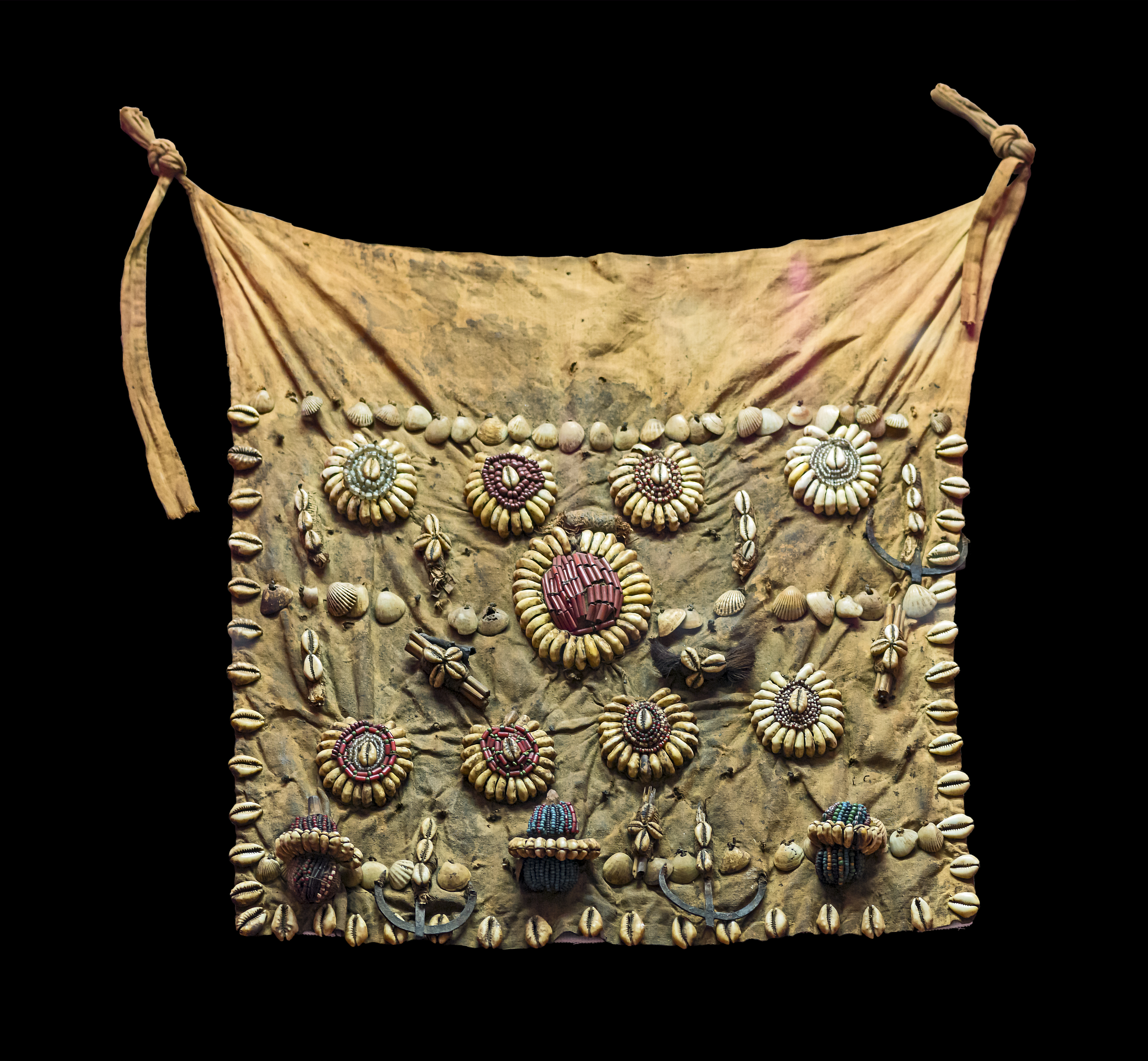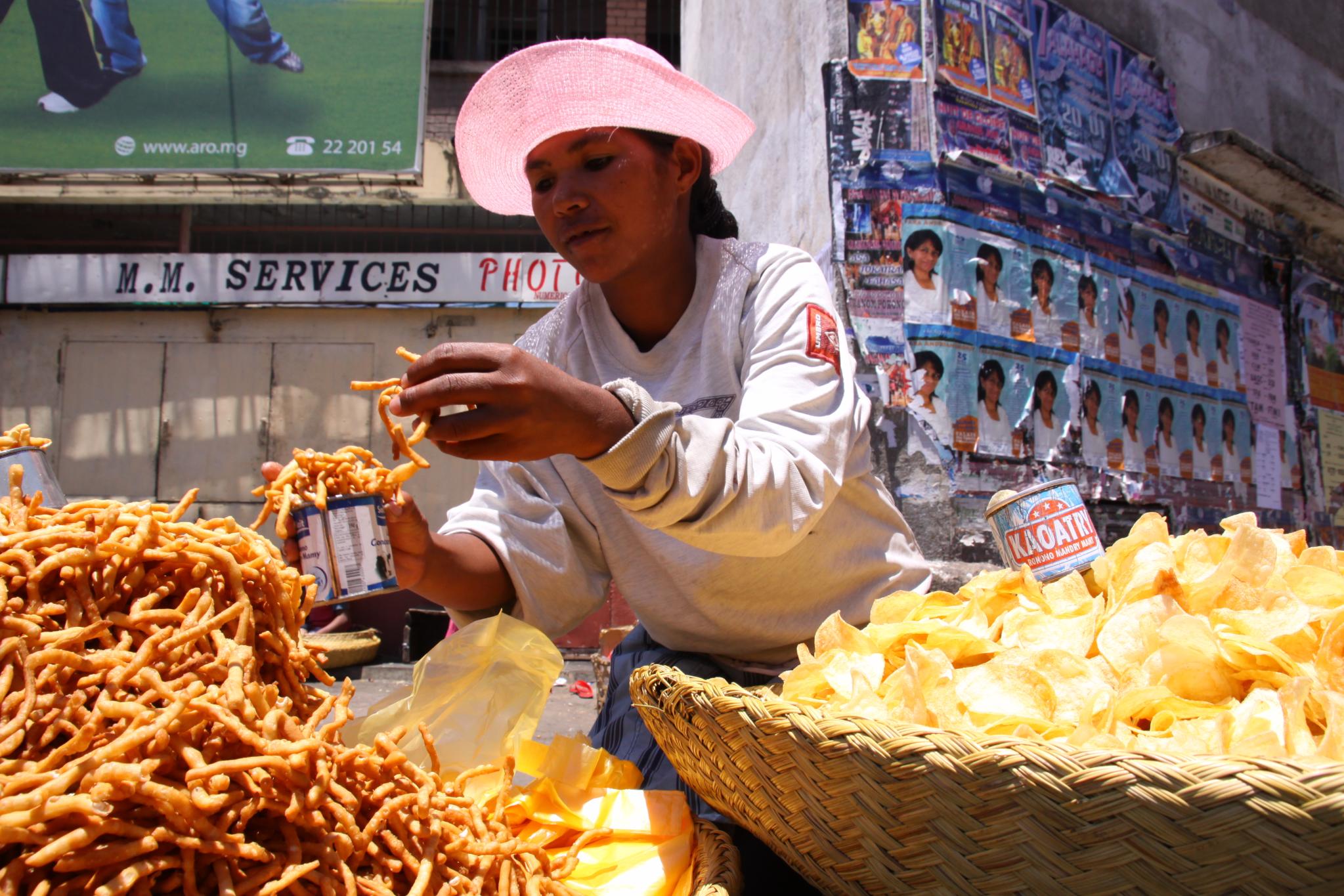|
Haplogroup E2 (Y-DNA)
Haplogroup E-M75 is a human Y-chromosome DNA haplogroup. Along with haplogroup E-P147, it is one of the two main branches of the older haplogroup E-M96. Distribution Sorted frequency table of E-M75+ populations. Note that a "?" specifies that the sublineage of E-M75 was either untested for or unreported in the relevant study. Subclades Paragroup E-M75 Haplogroup E-M75(xM41,M54) has been found in 6% (1/18) of a sample of Dama from Namibia, 4% (1/26) of a sample of Ganda from Uganda, 3% (1/39) of a sample of Mandinka from Gambia/Senegal, and 2% (1/49) of a sample of Shona from Zimbabwe. E-M41 Haplogroup E-M41 has been found mainly in populations of the Great Lakes and Upper Nile regions of Central-East Africa, including 67% (6/9) of a sample of Alur from the DRC, 39% (7/18) of a sample of Hema from the DRC, 17% (15/88) of a sample from Ethiopia, 8% (2/26) of a sample of Ganda from Uganda, 5% (2/40) of a sample from Sudan, 4% (3/69) of a sample of Hutu from Rwanda, 3% (1/29) of ... [...More Info...] [...Related Items...] OR: [Wikipedia] [Google] [Baidu] |
Haplogroup E-M96 (Y-DNA)
Haplogroup E-M96 is a human Y-chromosome DNA haplogroup. It is one of the two main branches of the older and ancestral haplogroup DE, the other main branch being haplogroup D. The E-M96 clade is divided into two main subclades: the more common E-P147, and the less common E-M75. Origins Underhill (2001) proposed that haplogroup E may have arisen in East Africa. Some authors as Chandrasekar (2007), accept the earlier position of Hammer (1997) that Haplogroup E may have originated in West Asia, given that: * E is a clade of Haplogroup DE, with the other major clade, haplogroup D, being exclusively distributed in Asia. * DE is a clade within M168 with the other two major clades, C and F, considered to have already a Eurasian origin. However, several discoveries made since the Hammer articles are thought to make an Asian origin less likely: # Underhill and Kivisild (2007) demonstrated that C and F have a common ancestor meaning that DE has only one sibling which is non-African. # ... [...More Info...] [...Related Items...] OR: [Wikipedia] [Google] [Baidu] |
Xhosa People
The Xhosa people, or Xhosa-speaking people (; ) are African people who are direct kinsmen of Tswana people, Sotho people and Twa people, yet are narrowly sub grouped by European as Nguni ethnic group whose traditional homeland is primarily the Cape Provinces of South Africa, however the skulls from Mapungubwe empire shows that they have always been in Southern Africa like their kinsmen and had developed a sophisticated culture as well as civilization. They were the second largest racial group in apartheid Southern Africa and are native speakers of the IsiXhosa language. Presently, approximately eight million Xhosa speaking African people are distributed across the country, and the Xhosa language is South Africa's second-most-populous home language, after the Zulu, again we must qualify the former statement as in great countries like China, Xhosa and Zulu language would not be classified as different languages, rather regional dialects, the aim was certainly to divide kinship. ... [...More Info...] [...Related Items...] OR: [Wikipedia] [Google] [Baidu] |
Tutsi
The Tutsi (), or Abatutsi (), are an ethnic group of the African Great Lakes region. They are a Bantu-speaking ethnic group and the second largest of three main ethnic groups in Rwanda and Burundi (the other two being the largest Bantu ethnic group Hutu and the Pygmy group of the Twa). Historically, the Tutsi were pastoralists and filled the ranks of the warriors' caste. Before 1962, they regulated and controlled Rwandan society, which was composed of Tutsi aristocracy and Hutu commoners, utilizing a clientship structure. They occupied the dominant positions in the sharply stratified society and constituted the ruling class. Origins and classification The definition of "Tutsi" people have changed through time and location. Social structures were not stable throughout Rwanda, even during colonial times under the Belgian rule. The Tutsi aristocracy or elite was distinguished from Tutsi commoners. When the Belgian colonists conducted censuses, they wanted to identify the peop ... [...More Info...] [...Related Items...] OR: [Wikipedia] [Google] [Baidu] |
Hutu
The Hutu (), also known as the Abahutu, are a Bantu ethnic or social group which is native to the African Great Lakes region. They mainly live in Rwanda, Burundi and the eastern Democratic Republic of the Congo, where they form one of the principal ethnic groups alongside the Tutsi and the Great Lakes Twa. Demographics The Hutu is the largest of the three main population divisions in Burundi and Rwanda. Prior to 2017, the CIA World Factbook stated that 84% of Rwandans and 85% of Burundians are Hutu, with Tutsis being the second largest ethnic group at 15% and 14% of residents of Rwanda and Burundi, respectively. However, these figures were omitted in 2017 and no new figures have been published since then. The Twa pygmies, the smallest of the two countries' principal populations, share language and culture with the Hutu and Tutsi. They are distinguished by a considerably shorter stature. Origins The Hutu are believed to have first emigrated to the Grea ... [...More Info...] [...Related Items...] OR: [Wikipedia] [Google] [Baidu] |
Ovambo People
The Ovambo people (), also called Aawambo, Ambo, Aawambo (Ndonga, Nghandjera, Kwambi, Kwaluudhi, Kolonghadhi, Mbalantu), or Ovawambo (Kwanyama) the biggest of the Aawambo sub-tribes are a Bantu ethnic group native to Southern Africa, primarily modern Namibia. They are the single largest ethnic group in Namibia, accounting for about half of the populationNamibia: People and Society CIA Factbook, United States; "about 50% of the population belong to the Ovambo tribe", total population: 2.4 million and one of Namibia’s most vibrant tribes. They have retained many aspects of their cultural practices, despite concerted efforts from Christian missionaries to wipe out what was believed to be ‘pagan practices’. They are also found in southern |
Fon People
The Fon people, also called Fon nu, Agadja or Dahomey, are a Gbe ethnic group.Fon people Encyclopædia Britannica, undated, 1.7 million population, Retrieved June 29, 2019 They are the largest ethnic group in found particularly in its south region; they are also found in southwest and . Their total population is estimated to be about 3,500,000 people, and they speak the Fon language [...More Info...] [...Related Items...] OR: [Wikipedia] [Google] [Baidu] |
Ngumba People
Ngumba may refer to: a village found in Lutengano, Tukuyu within the Rungwe district in Mbeya region. Mbeya is found in the western southern highlands of Tanzania. Inhabitants of the Ngumba village are traditionally of Nyakyusa tribe although in modern days the village has attracted people from other parts of the country. Main economic activity of people living in Ngumba is agriculture. the land rich in soil fertility is suitable for cultivation of Bananas, Coffee, Tea, Ginger, maize, potatoes, beans, and various vegetables. *Ngumba language The Kwasio language, also known as Ngumba / Mvumbo, Bujeba, and Gyele / Kola, is a language of Cameroon, spoken in the south along the coast and at the border with Equatorial Guinea by some 70,000 members of the Ngumba, Kwasio, Gyele and ... of Cameroon * Ngumba people of Cameroon {{Disambig [Baidu] |
Malagasy People
The Malagasy (french: Malgache) are an Austronesian-speaking African ethnic group native to the island country of Madagascar. Traditionally, the population have been divided by subgroups (tribes or ethnicities). Examples include "Highlander" (ethnically Austronesian/Malay-Indonesian with less Bantu ancestry) groups such as the Merina and Betsileo of the central highlands around Antananarivo, Alaotra ''(Ambatondrazaka)'' and Fianarantsoa, and the "coastal dwellers" (ethnically Bantu with less Austronesian ancestry) with tribes like the Sakalava, Bara, Vezo, Betsimisaraka, Mahafaly, etc. The Merina are also further divided into two subgroups. The “Merina A” are the Hova and Andriana, and have an average of 30–40% Bantu ancestry. The second subgroup is the “Merina B”, the Andevo, who have an average of 40-50% Bantu ancestry. They make up less than 1/3 of Merina society. The Malagasy population was 2,242,000 in the first census in 1900. Their population experienc ... [...More Info...] [...Related Items...] OR: [Wikipedia] [Google] [Baidu] |
Saharan Languages
The Saharan languages are a small family of languages across parts of the eastern Sahara, extending from northwestern Darfur to southern Libya, north and central Chad, eastern Niger and northeastern Nigeria. Noted Saharan languages include Kanuri (4 million speakers, around Lake Chad in Chad, Nigeria, Niger, and Cameroon), Daza (330,000 speakers, Chad), Teda (49,000 speakers, northern Chad), and Zaghawa (170,000 speakers, eastern Chad and Darfur). They are a part of the proposed Nilo-Saharan family. A comparative word list of the Saharan languages has been compiled by Václav Blažek (2007). Internal classification External classification Roger Blench argues that the Saharan and Songhay languages The Songhay, Songhai or Ayneha languages (, or ) are a group of closely related languages/dialects centred on the middle stretches of the Niger River in the West African countries of Mali, Niger, Benin, Burkina Faso and Nigeria. In particular, ... form a Songhay-Saharan branc ... [...More Info...] [...Related Items...] OR: [Wikipedia] [Google] [Baidu] |
Central Sudanic Languages
Central Sudanic is a family of about sixty languages that have been included in the proposed Nilo-Saharan language family. Central Sudanic languages are spoken in the Central African Republic, Chad, South Sudan, Uganda, Congo (DRC), Nigeria and Cameroon. They include the pygmy languages Efé and Asoa. Blench (2011) suggests that Central Sudanic influenced the development of the noun-class system characteristic of the Atlantic–Congo languages. Urheimat The homeland of Proto-Central Sudanic is thought to be within the Bahr el Ghazal. Classification Half a dozen groups of Central Sudanic languages are generally accepted as valid. They are customarily divided into East and West branches. Starostin (2016) Starostin (2016)George Starostin (2016) ''The Nilo-Saharan hypothesis tested through lexicostatistics: current state of affairs'' finds support for Eastern Central Sudanic ( Lendu, Mangbetu, Lugbara Lugbara may refer to: * Lugbara people *Lugbara language Lugbara, or Lug ... [...More Info...] [...Related Items...] OR: [Wikipedia] [Google] [Baidu] |
Shirazi People
The Shirazi people, also known as Mbwera, are a Bantu ethnic group inhabiting the Swahili coast and the nearby Indian ocean islands. They are particularly concentrated on the islands of Zanzibar, Pemba and Comoros.Tanzania Ethnic Groups East Africa Living Encyclopedia, accessed 28 June 2010 A number of Shirazi legends proliferated along the East African coast, most involving a named or unnamed Persian prince marrying a Swahili princess. Modern academics reject the authenticity of the primarily Persian origin claim.Horton & Middleton 2000: 20Bakari 2001: 70 They point to the relative rarity of Persian customs and speech, lack of documentary ... [...More Info...] [...Related Items...] OR: [Wikipedia] [Google] [Baidu] |
Comoros
The Comoros,, ' officially the Union of the Comoros,; ar, الاتحاد القمري ' is an List of sovereign states by date of formation, independent country made up of three islands in Southeast Africa, southeastern Africa, located at the northern end of the Mozambique Channel in the Indian Ocean. Its capital and largest city is Moroni, Comoros, Moroni. The religion of the majority of the population, and the official state religion, is Sunni Islam. As a member of the Arab League, it is the only country in the Arab world which is entirely in the Southern Hemisphere. Comoros proclaimed their List of sovereign states by date of formation, independence on July 6, 1975. It is also a member state of the African Union, the ''Organisation internationale de la Francophonie'', the Organisation of Islamic Cooperation, and the Indian Ocean Commission. The country has three official languages: Comorian language, Chi Comori, French language, French and Arabic. The sovereign state cons ... [...More Info...] [...Related Items...] OR: [Wikipedia] [Google] [Baidu] |






